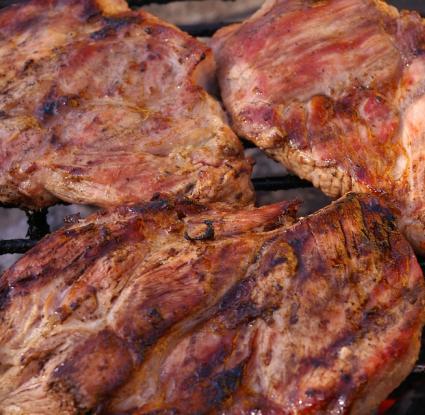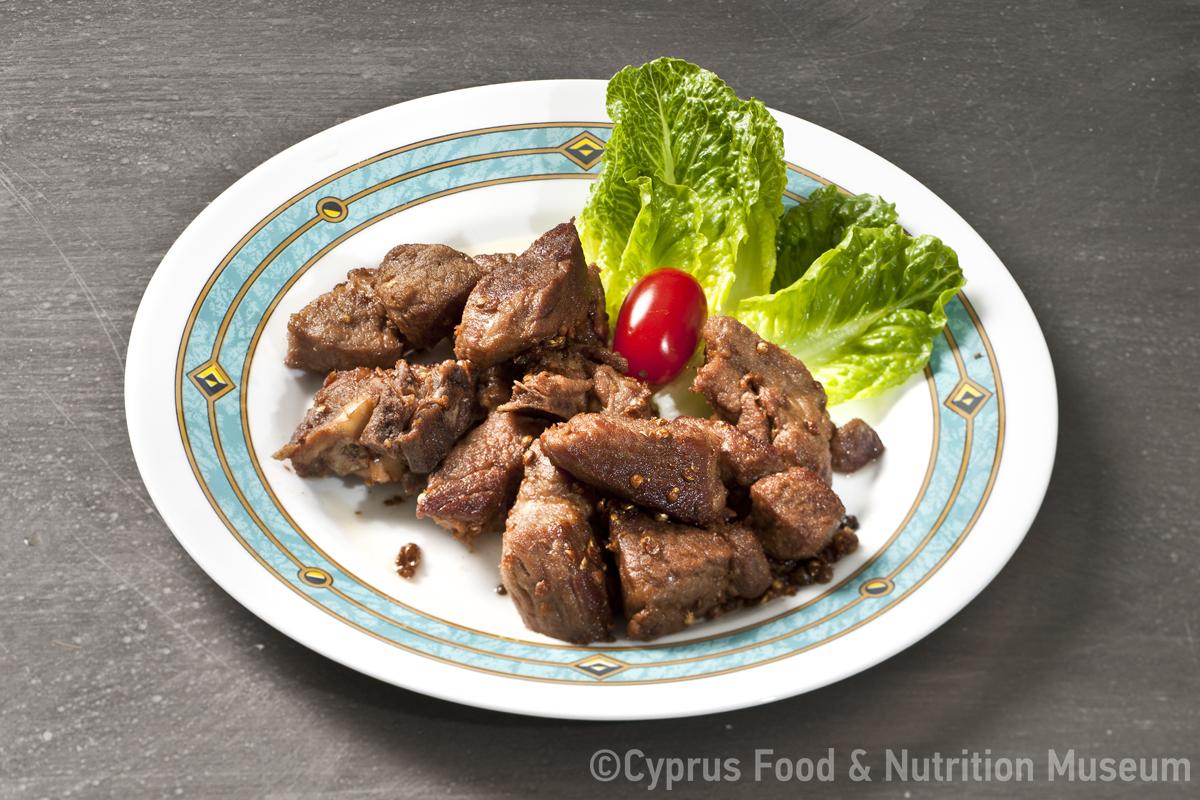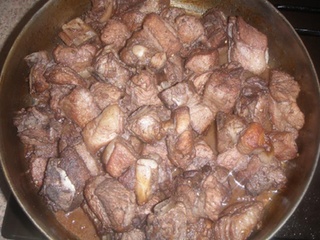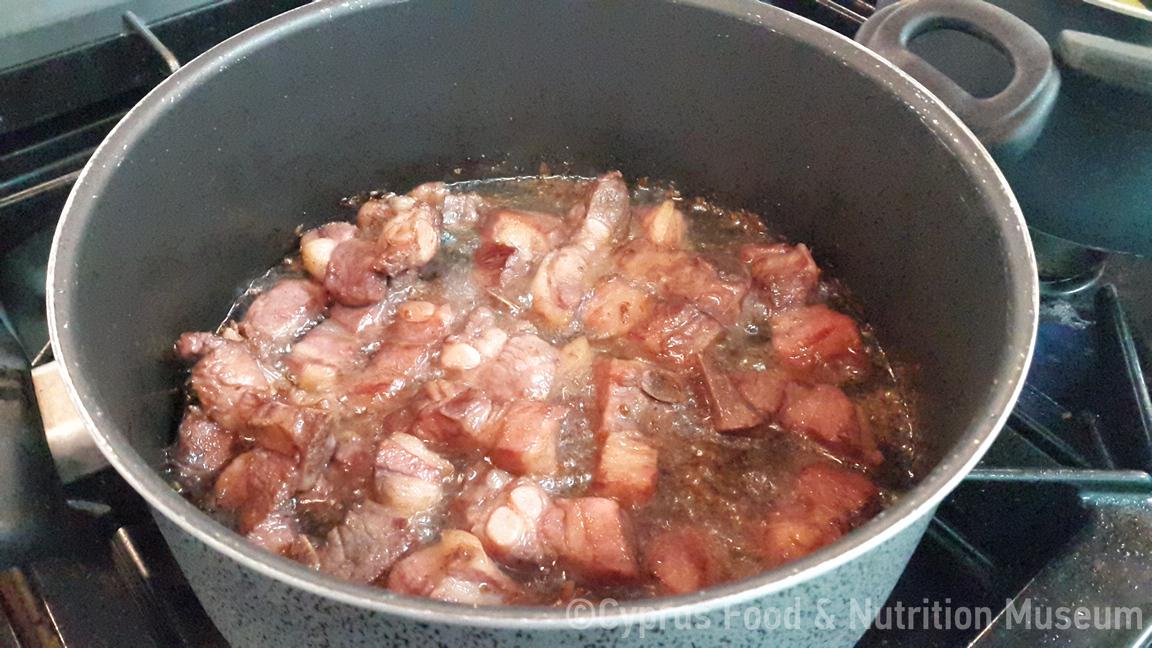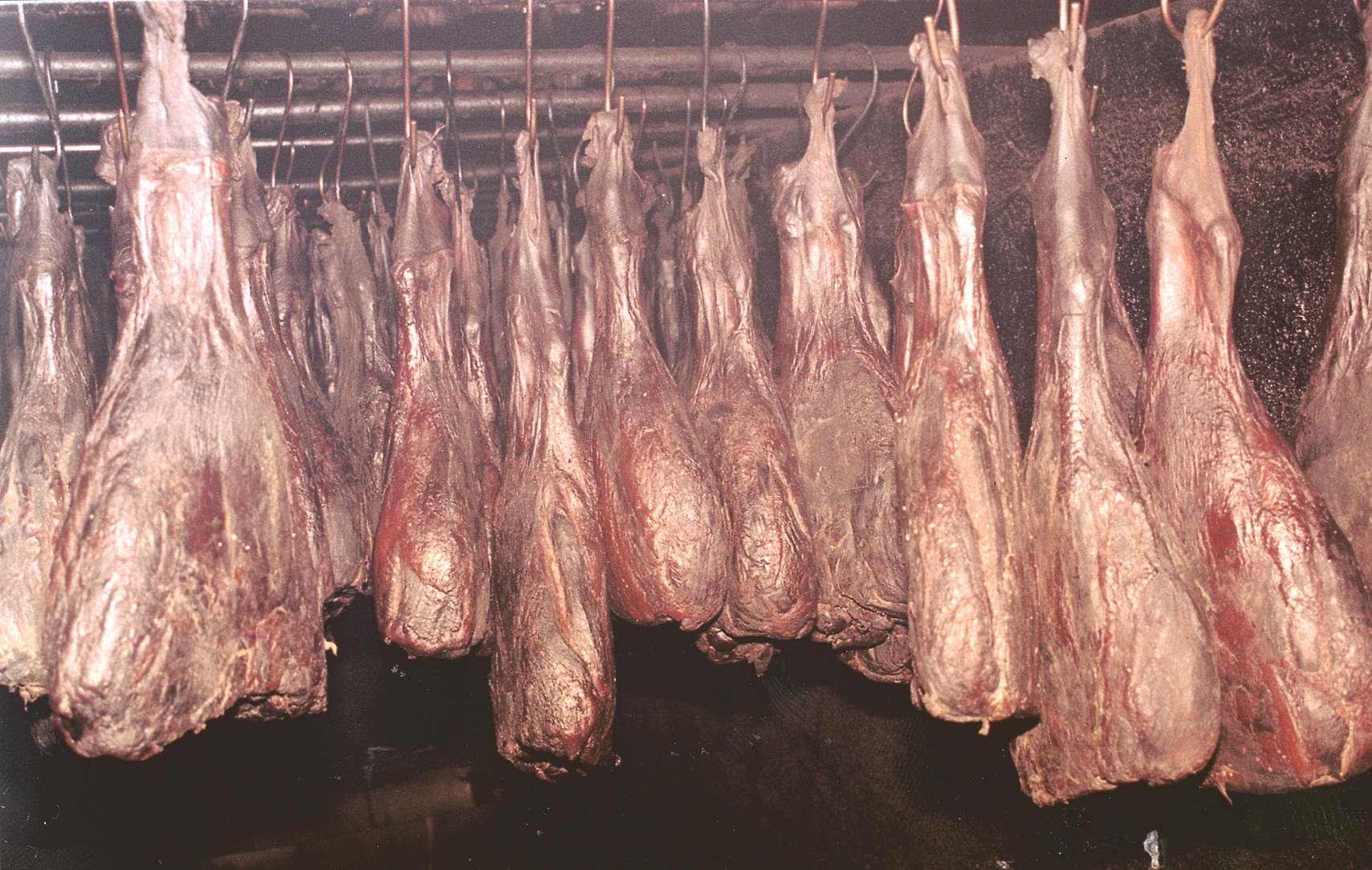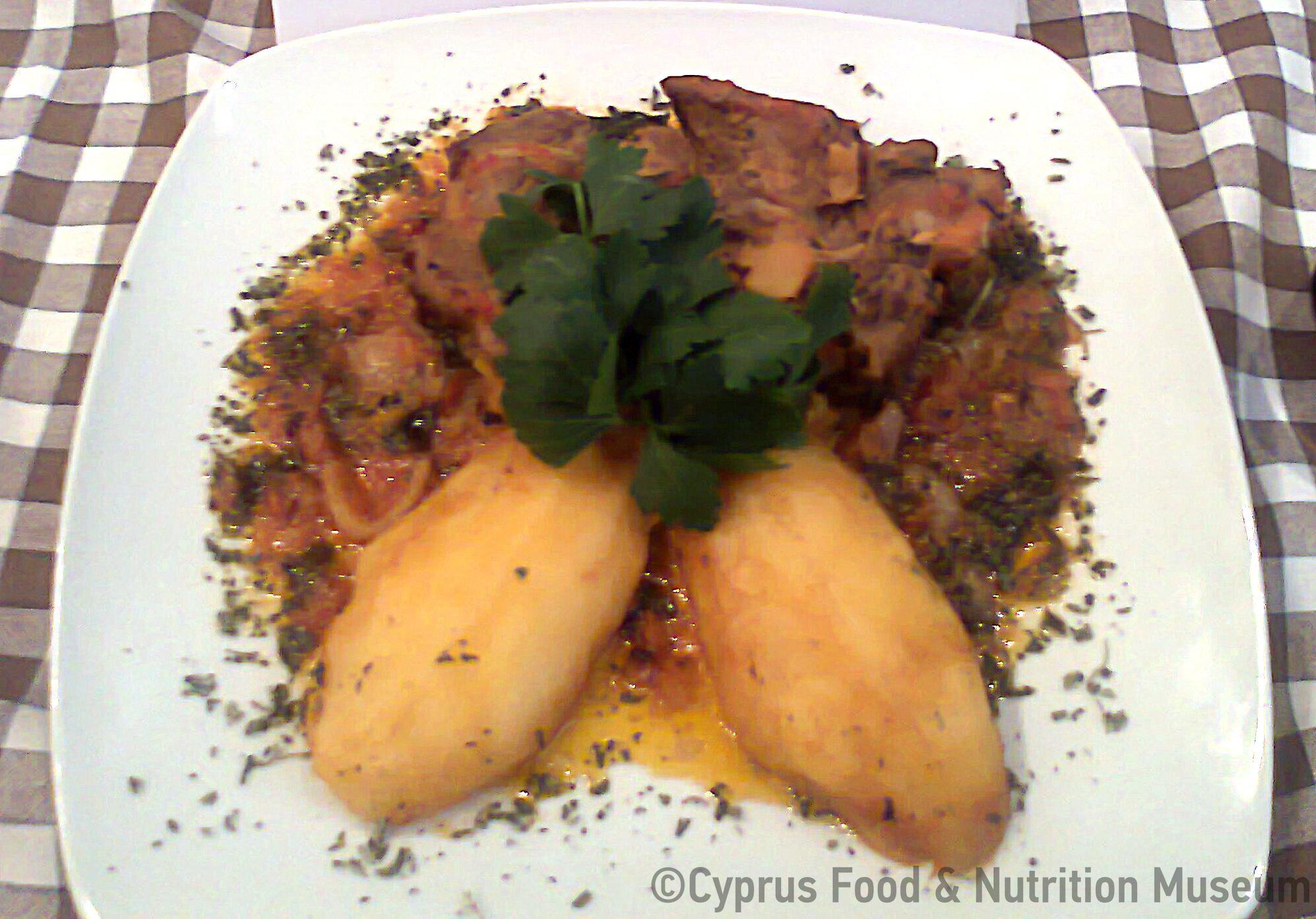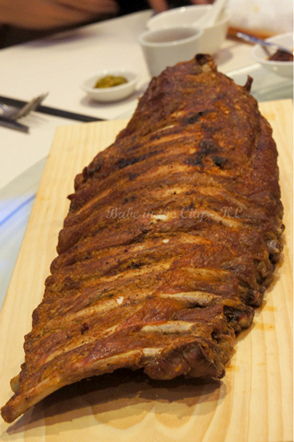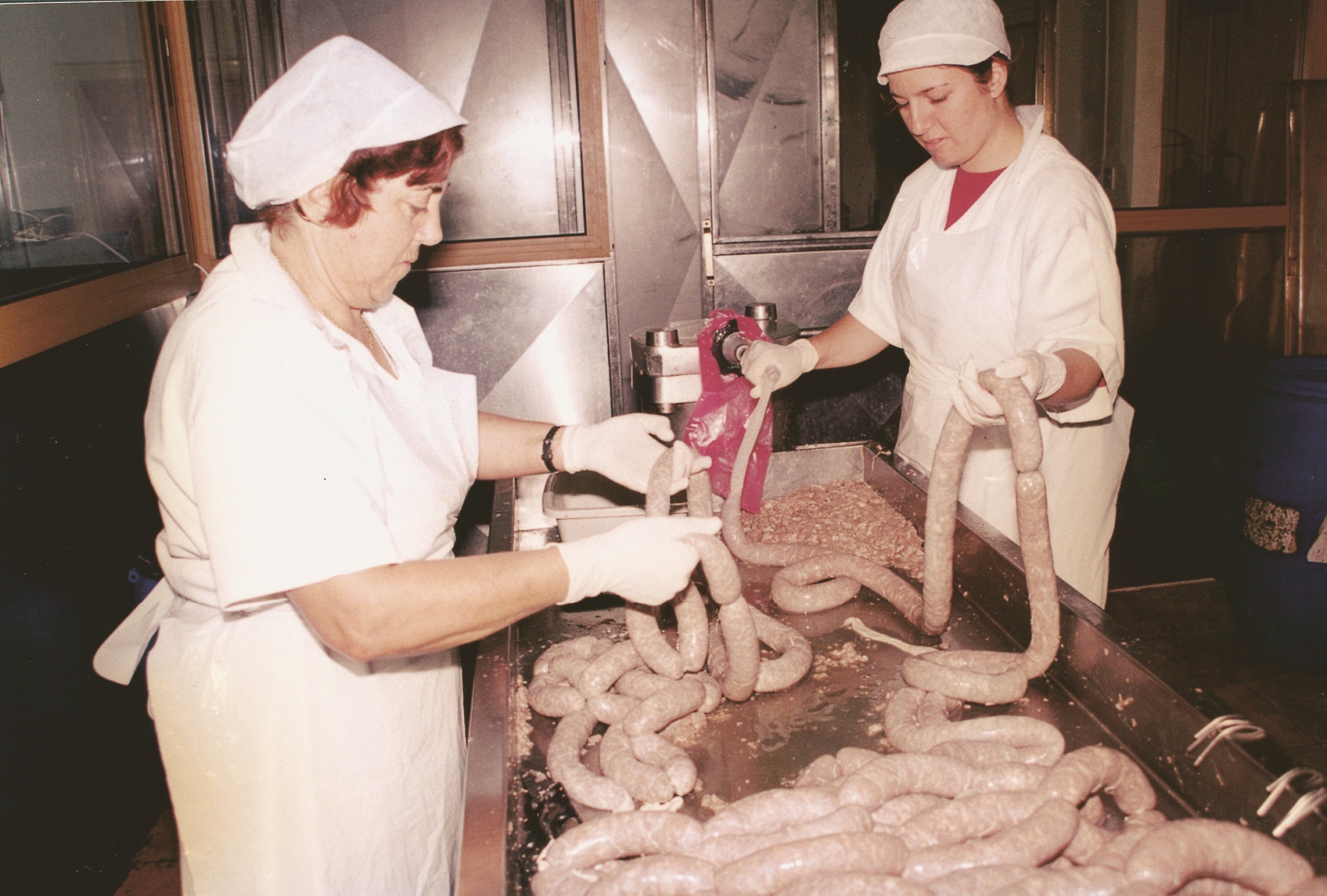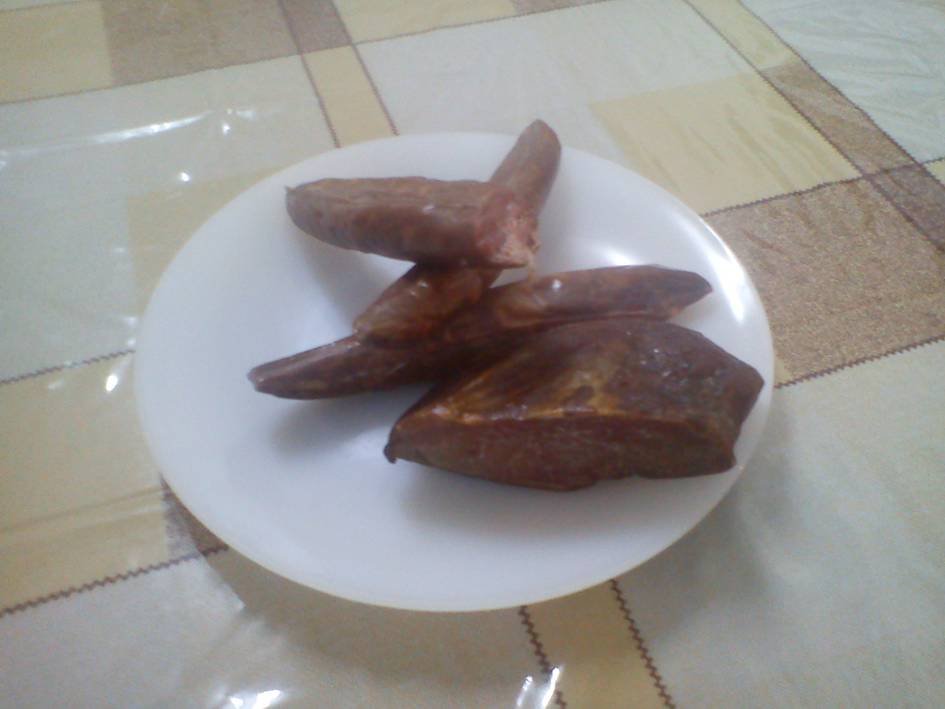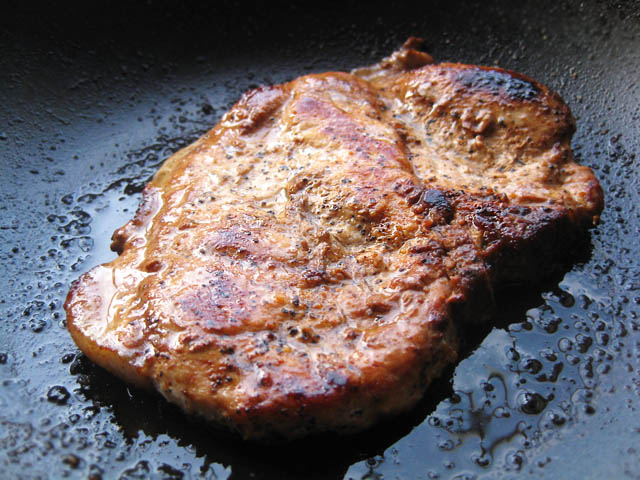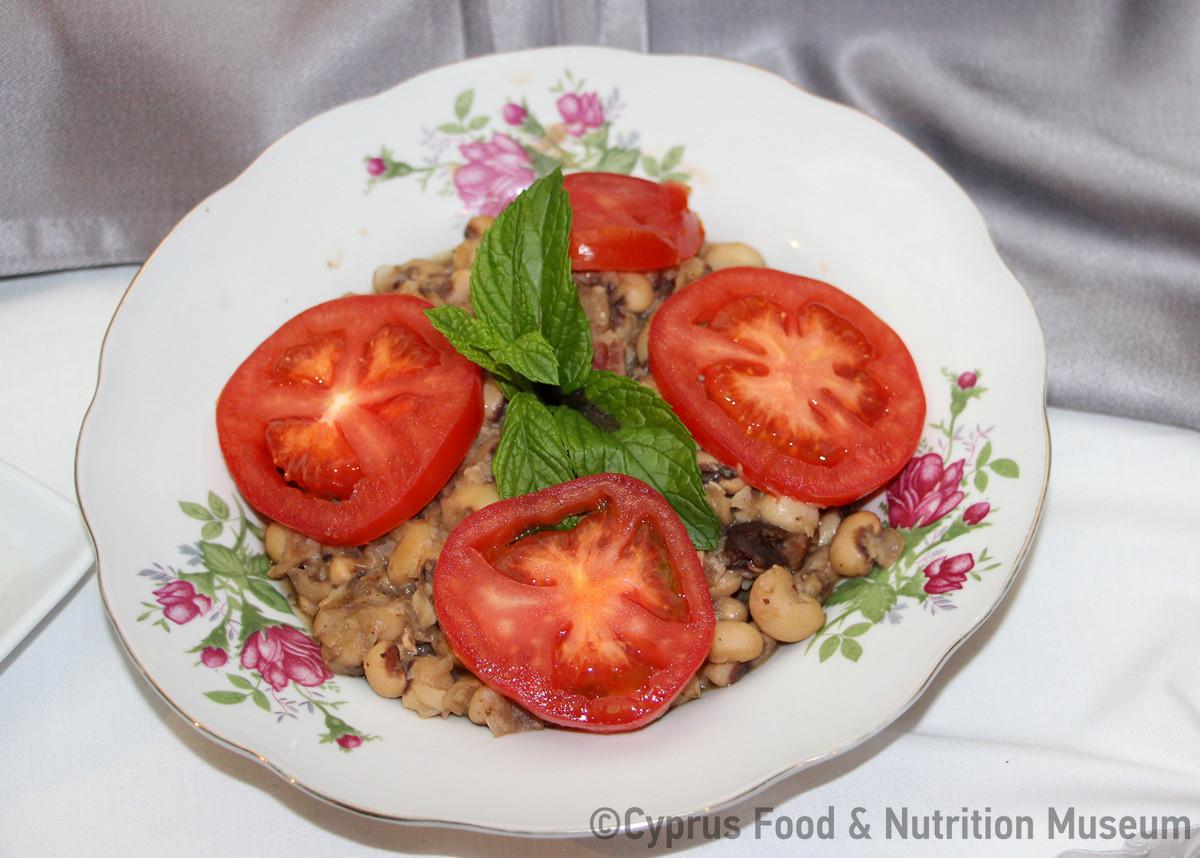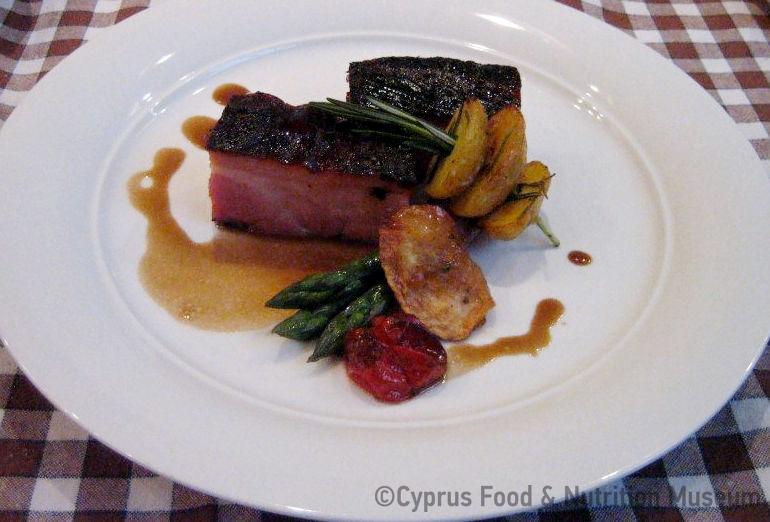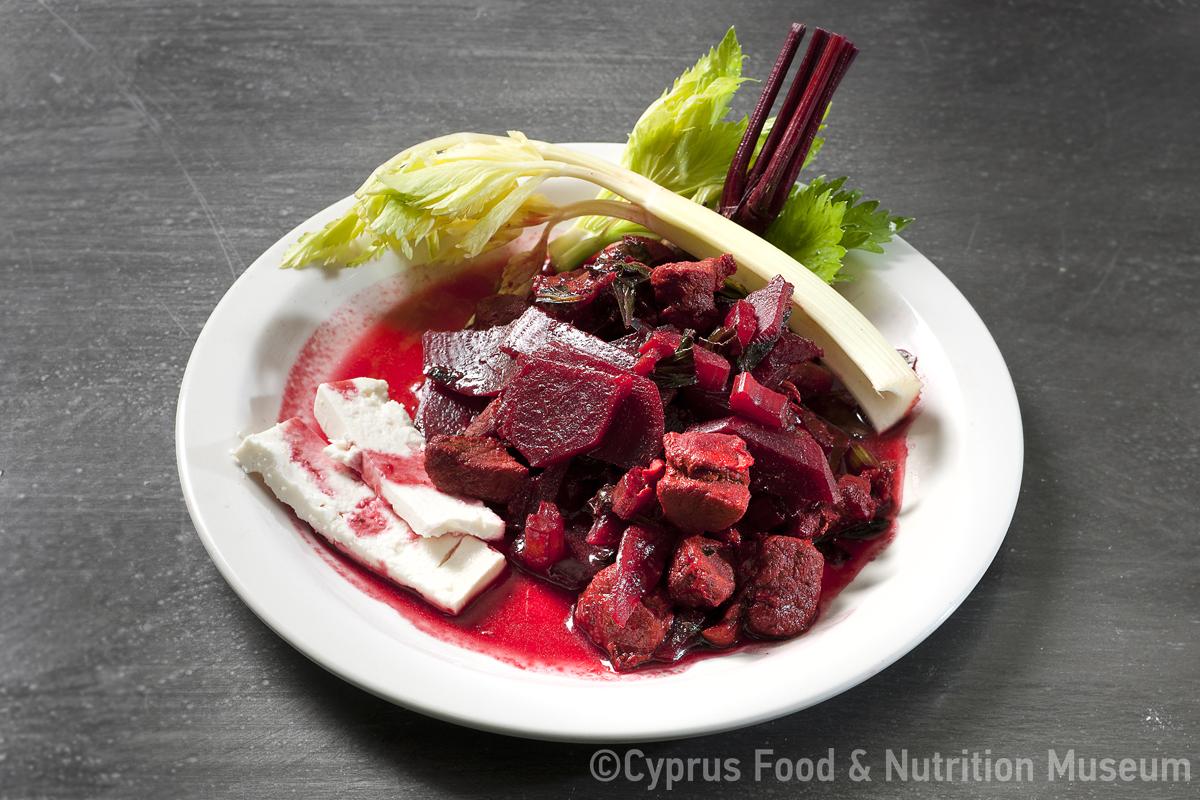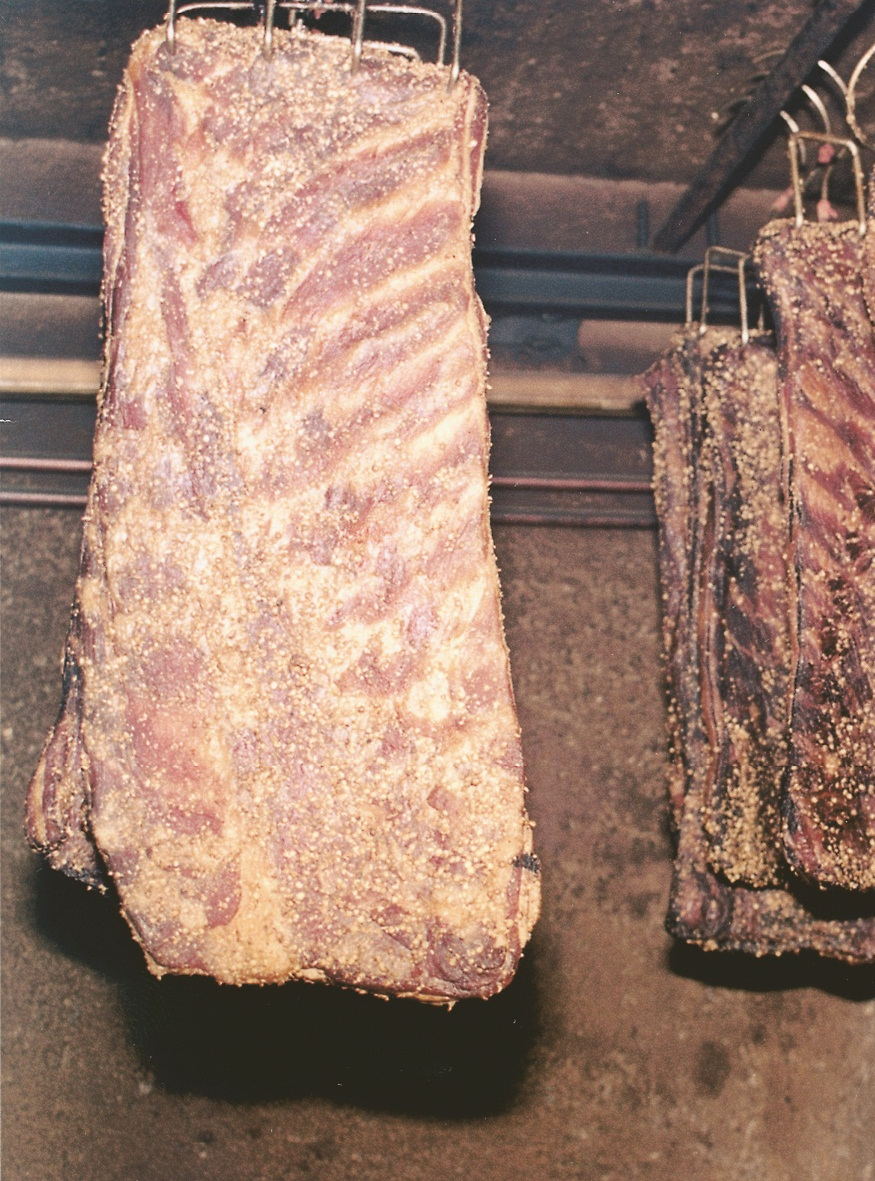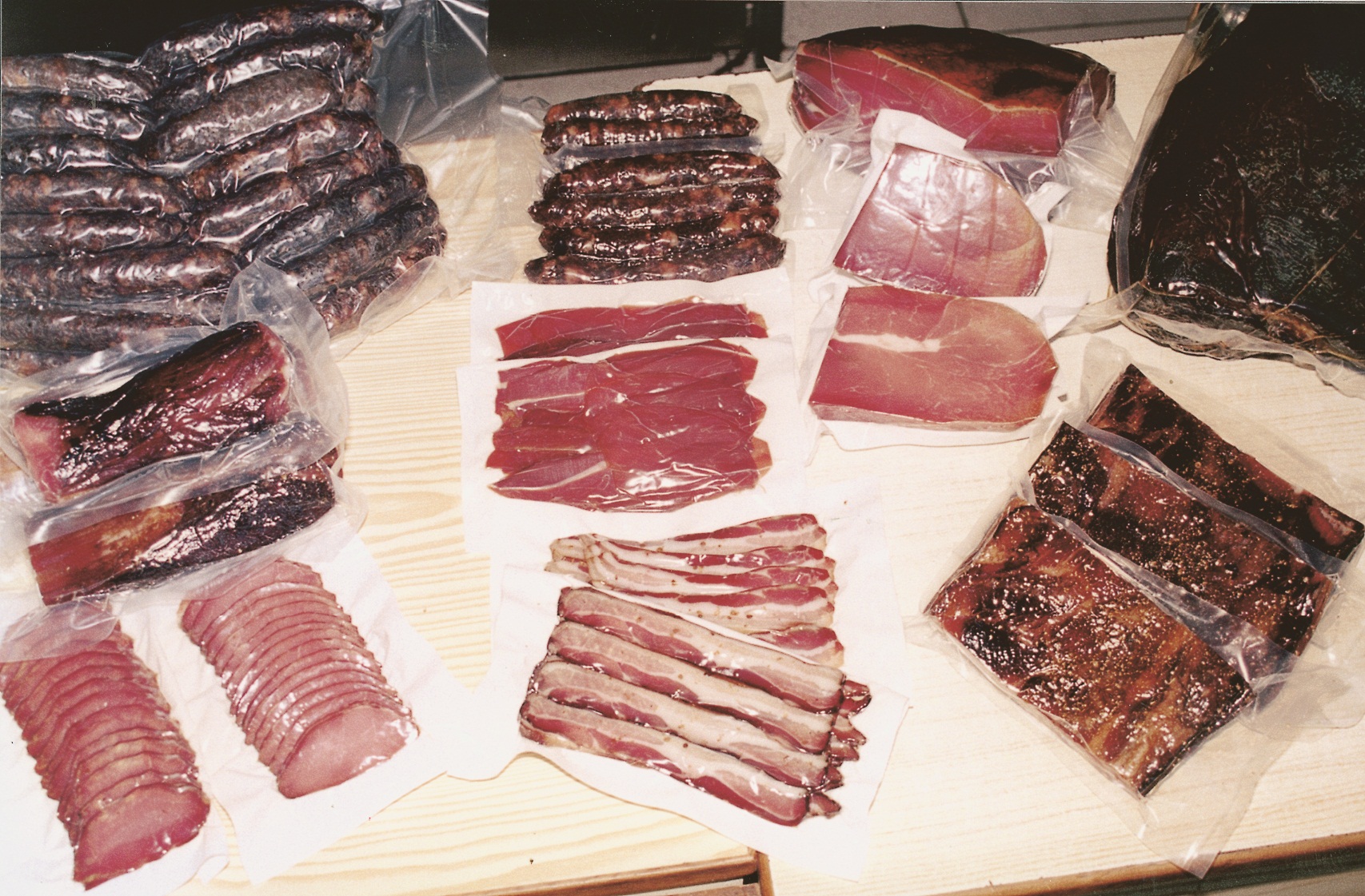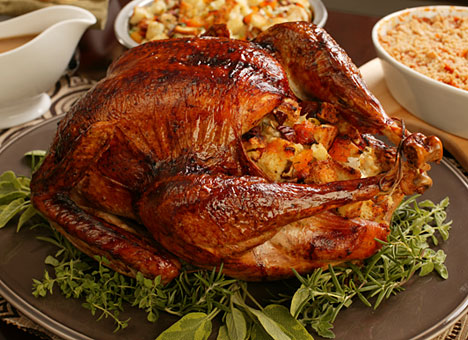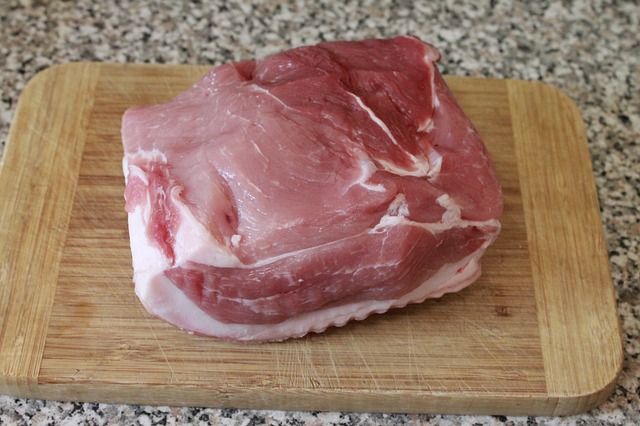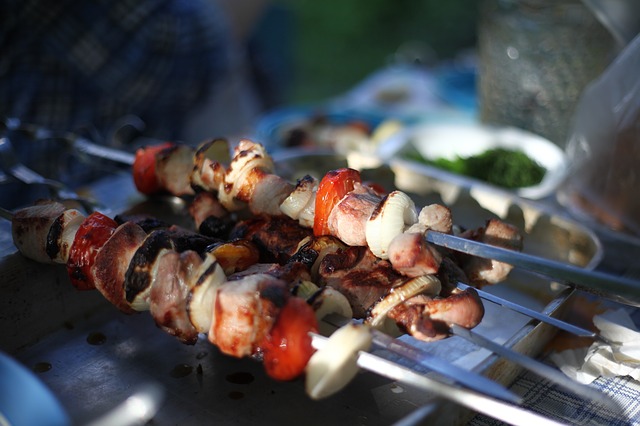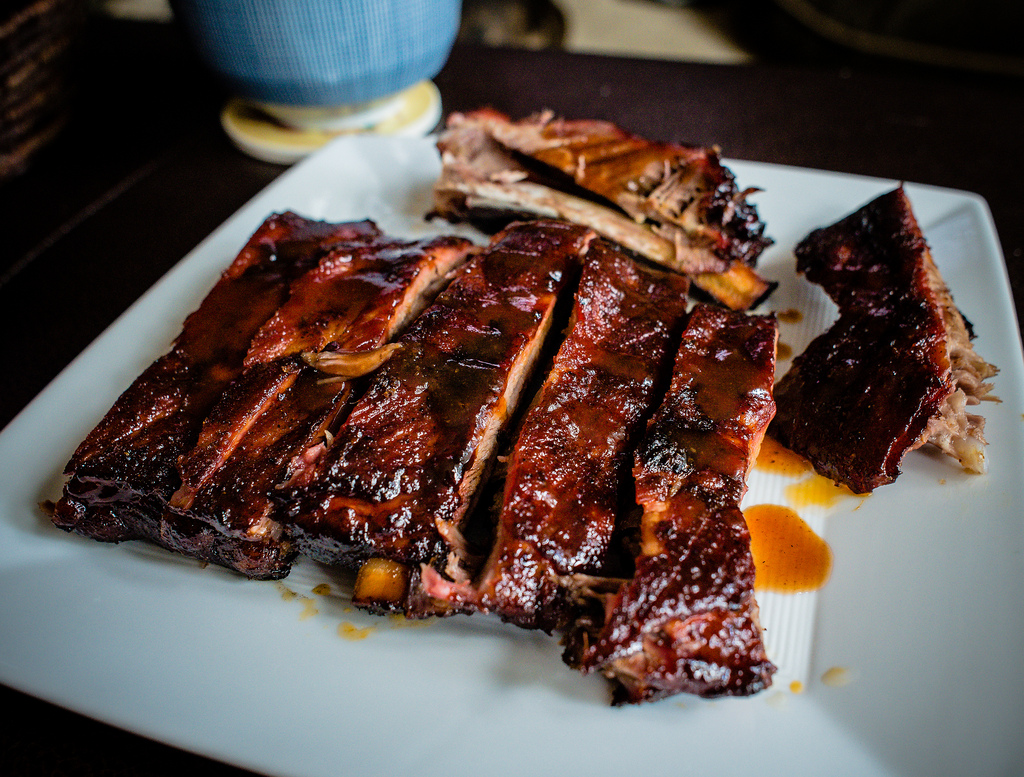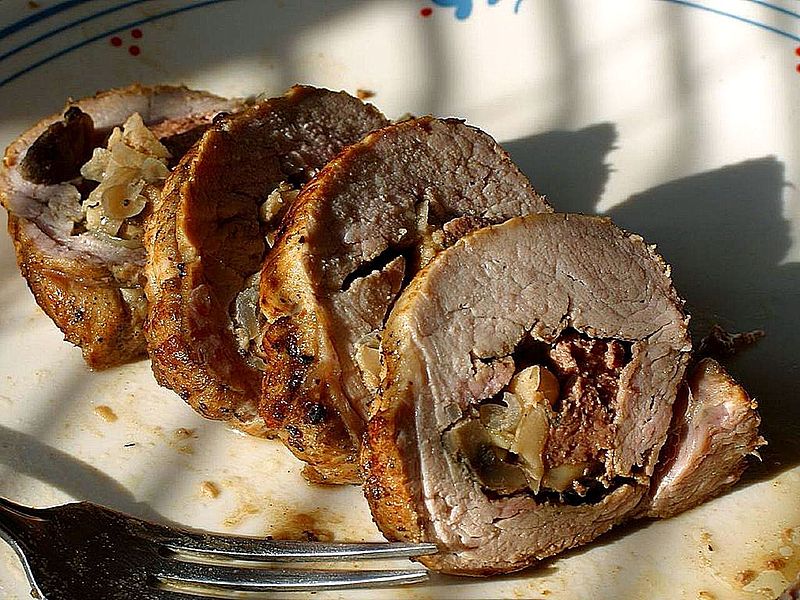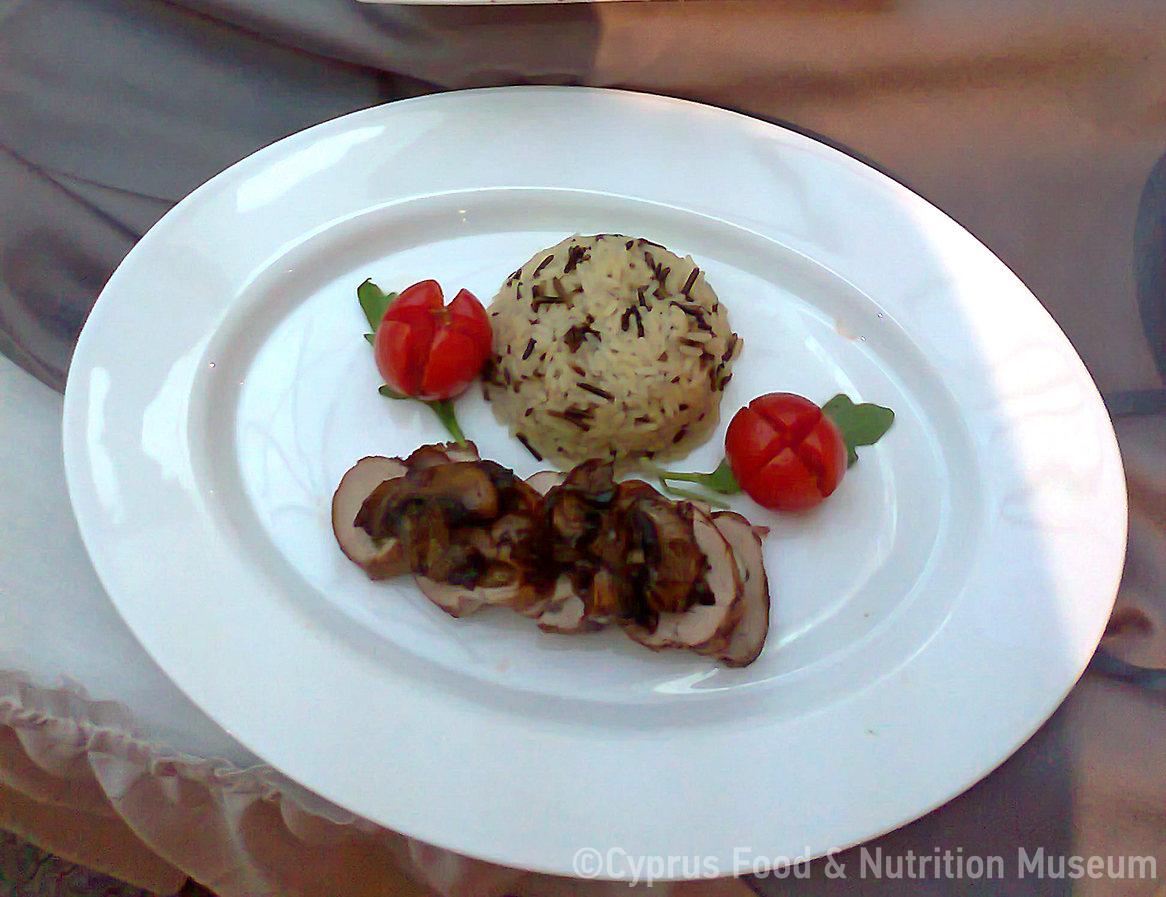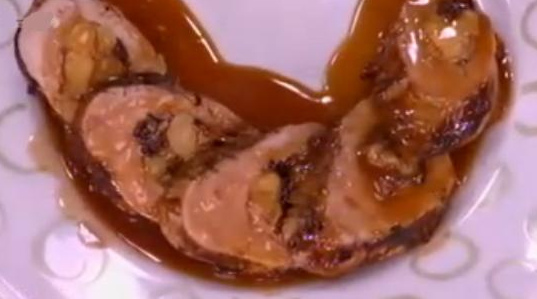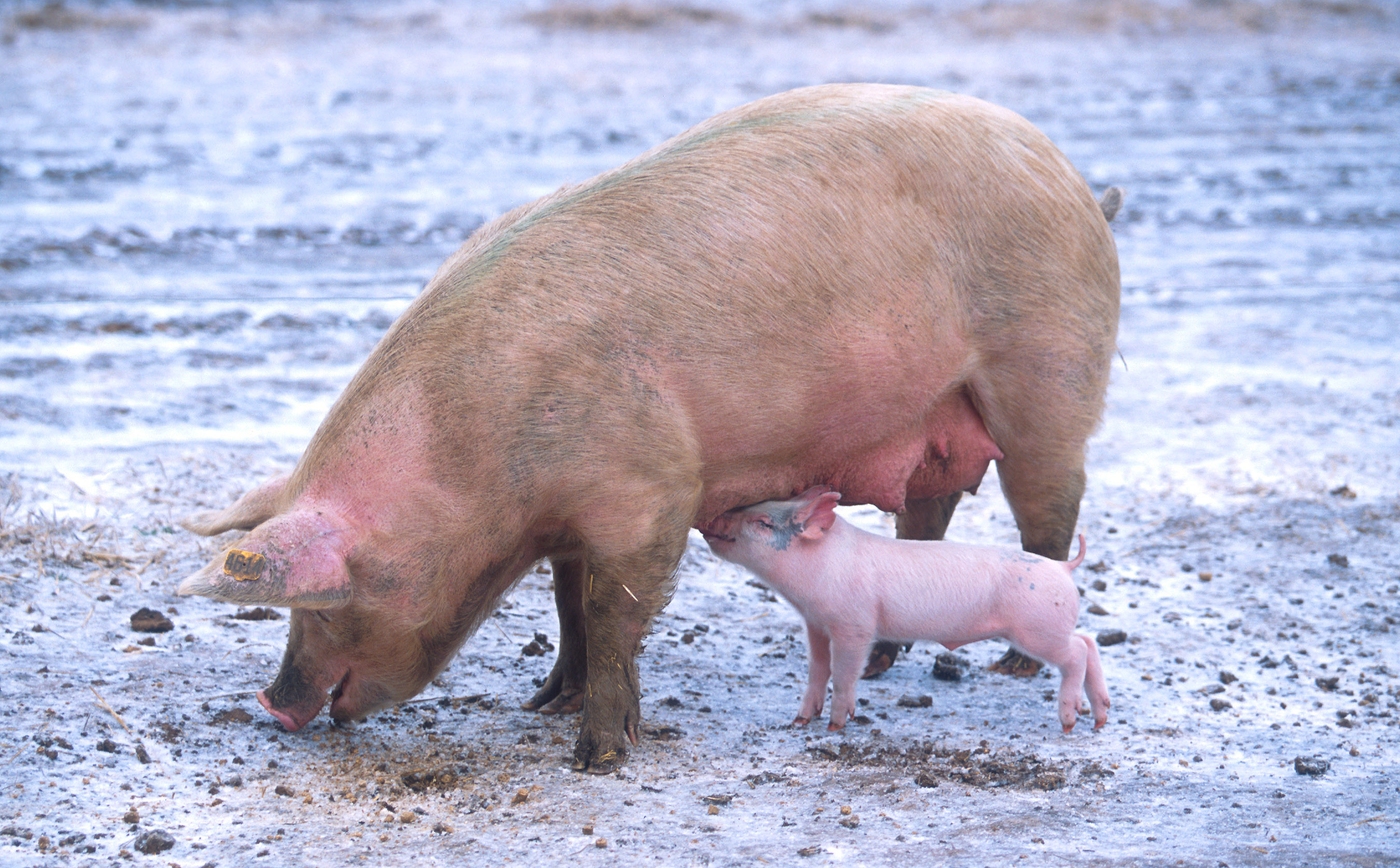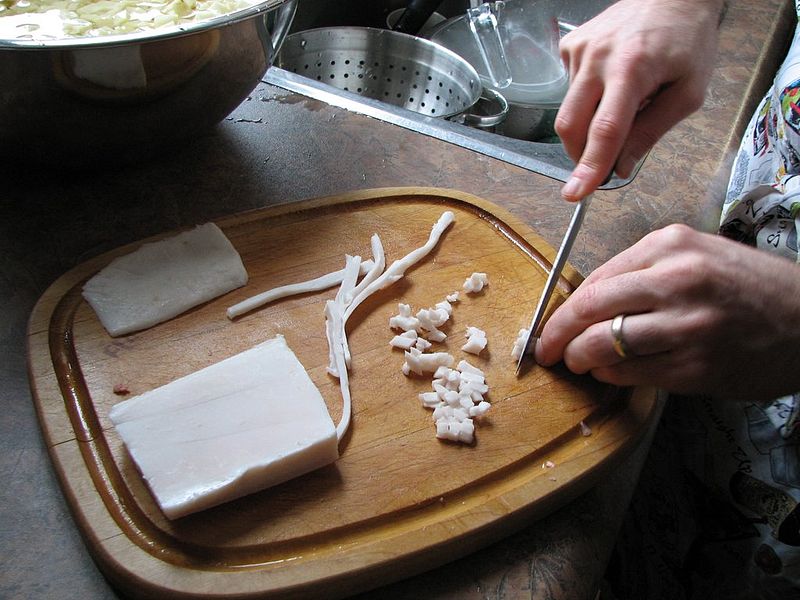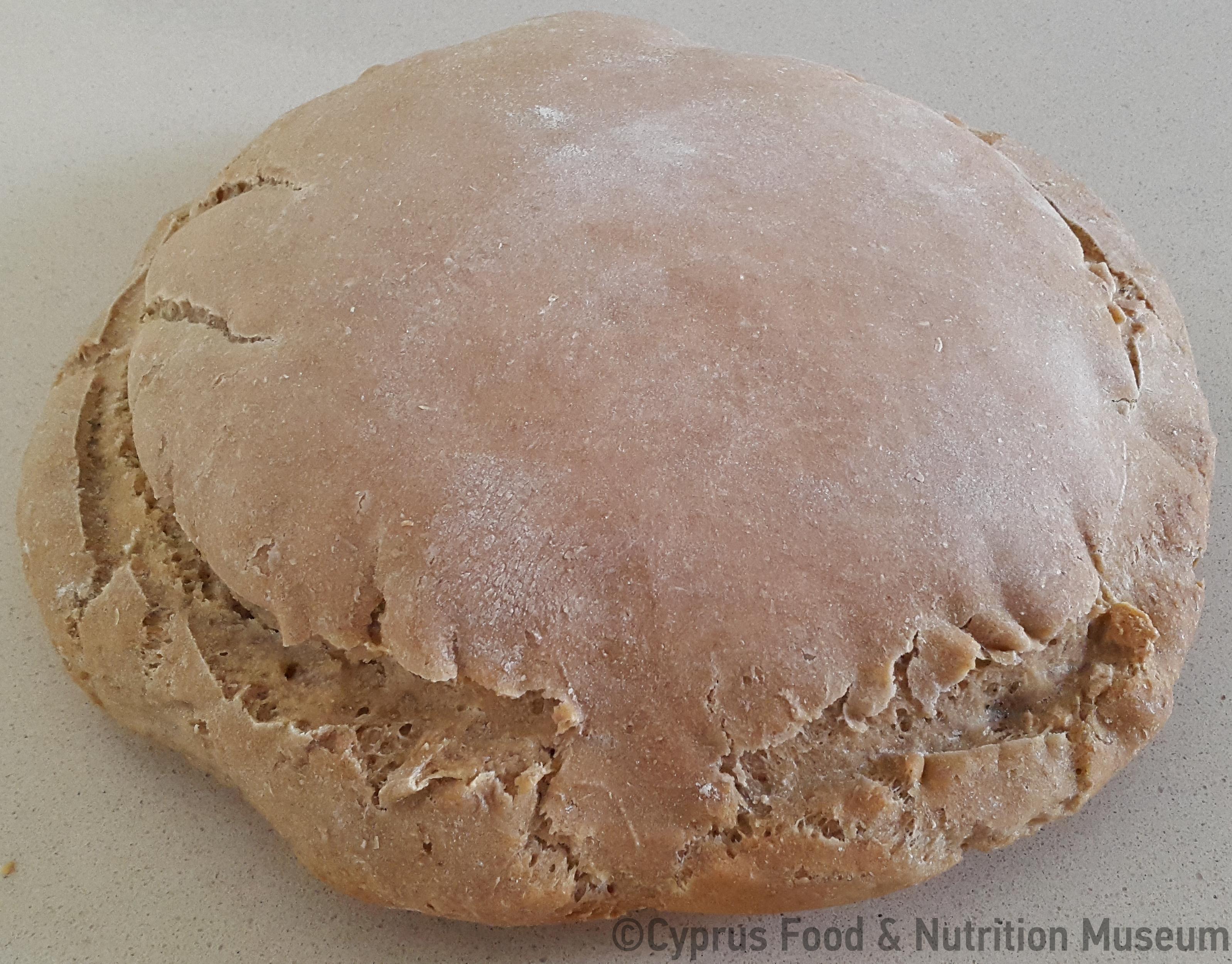Chargrilled meat.
Name - Origin
Chargrilled cutlet (Yangoullis 2009, entry κκιουλπαστή - κκερπαστή,η - κκιουλπατσίν,το, 205; Petrou-Poeitou 2013, entry Кκιουλπαστή, 60) / chargrilled large pieces of pork meat or liver (Kyprianou 1974, 298): Kkioulpastin is the best mezé' (Kypri 1989, entry κιουλπατσίν,το, 28).
According to K. Yangoullis, kkioulpasti is generally considered to be non-fasting food (Yagoullis 2009, entry κκιουλπαστή - κκερπαστή,η - κκιουλπατσίν,το, 205).
ETYM. < Turkish külbasti (Yangoullis 2009, entry κκιουλπαστή - κκερπαστή,η - κκιουλπατσίν,το, 205), kül, meaning ember (Petrou-Poeitou 2013, entry Κκιουλπαστή, 60) In Paphos, κκελπαστή (kkelpasti) is used when referring to salted pork, preserved in pork fat (Petrou-Poeitou 2013, entry Кκιουλπαστή, 60).
On Christmas Eve the people of Tsakkistra villlage, would slaughter the pigs, which they would raise all year round. Thus, during the Christmas season they used to eat 'kkerpastin', i.e. large pieces of pork meat or liver, cooked directly on the charcoal of the tsiminia (fireplace) (Kyprianou 1974, 297-298).
Functional and symbolic role
In the mountainous area around Tsakkistra village, it was prepared during the Christmas season (Kyprianou 1974, 298).
Additional information and bibliography
Kkerpasti was usually accompanied by a strong alcoholic drink, such as zivania (Kyprianou 1974, 298).
AT home they would have a domestic pig to ensure that they would be able to make sausages, lountzan, zalatínan, suet and mylla (pork fat) and also prepare the tasty titsirides and hiromeri (a cold cut). Mylla was used daily in frying and it was also used to preserve pieces of fried meat, which had been cured in sterkon wine; they would preserve the meat together with pork fat in koumnes (clay pots) for many months - until the summer (Kyprianou 1974, 297-298).
Yangoullis K. G. (2009), Θησαυρός Κυπριακής Διαλέκτου. Ερμηνευτικό, Ετυμολογικό, Φρασεολογικό και Ονοματολογικό Λεξικό της Μεσαιωνικής και Νεότερης Κυπριακής Διαλέκτου, Βιβλιοθήκη Κυπρίων Λαϊκών Ποιητών, Theopress Publications, Nicosia.
Kypri Th. D. (ed.) (1989), Υλικά διά την σύνταξιν ιστορικού λεξικού της κυπριακής διαλέκτου, Μέρος Γ΄, Γλωσσάριον Ιωάννου Ερωτοκρίτου, Publications of the Centre for Scientific Research, XIV, Nicosia.
Kyprianou C. S. (1974), «Τροφαί του χωριού Τσακκίστρα της Κύπρου», Λαογραφία ΚΘ΄ (XXIX), Athens, 295-310.
Petrou-Poeitou E. (2013), Από πού κρατάει η σκούφια τους. Λέξεις και ιστορίες από τον κόσμο της γεύσης, Epiphaniou Publications, Nicosia.
Varvara Yangou, Petroula Hadjittofi, Tonia Ioakim, Argyro Xenophontos

